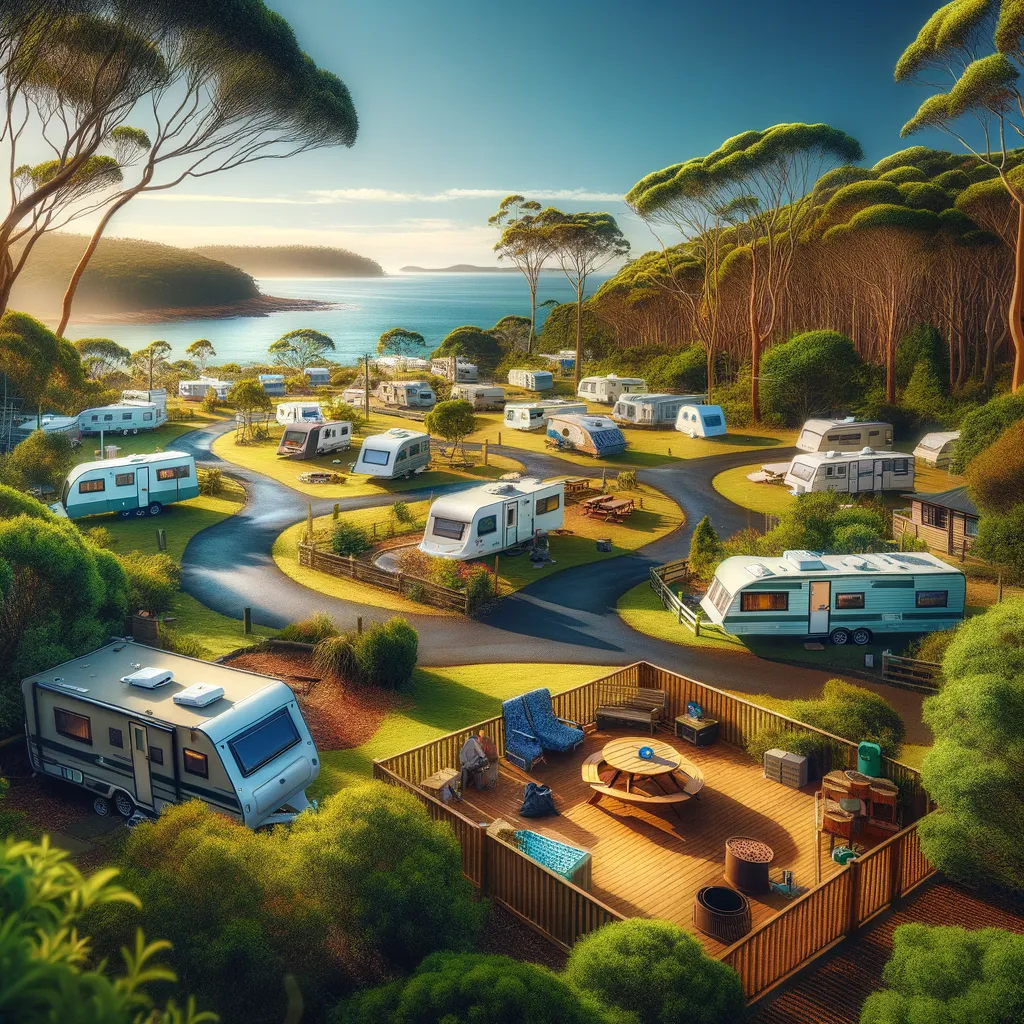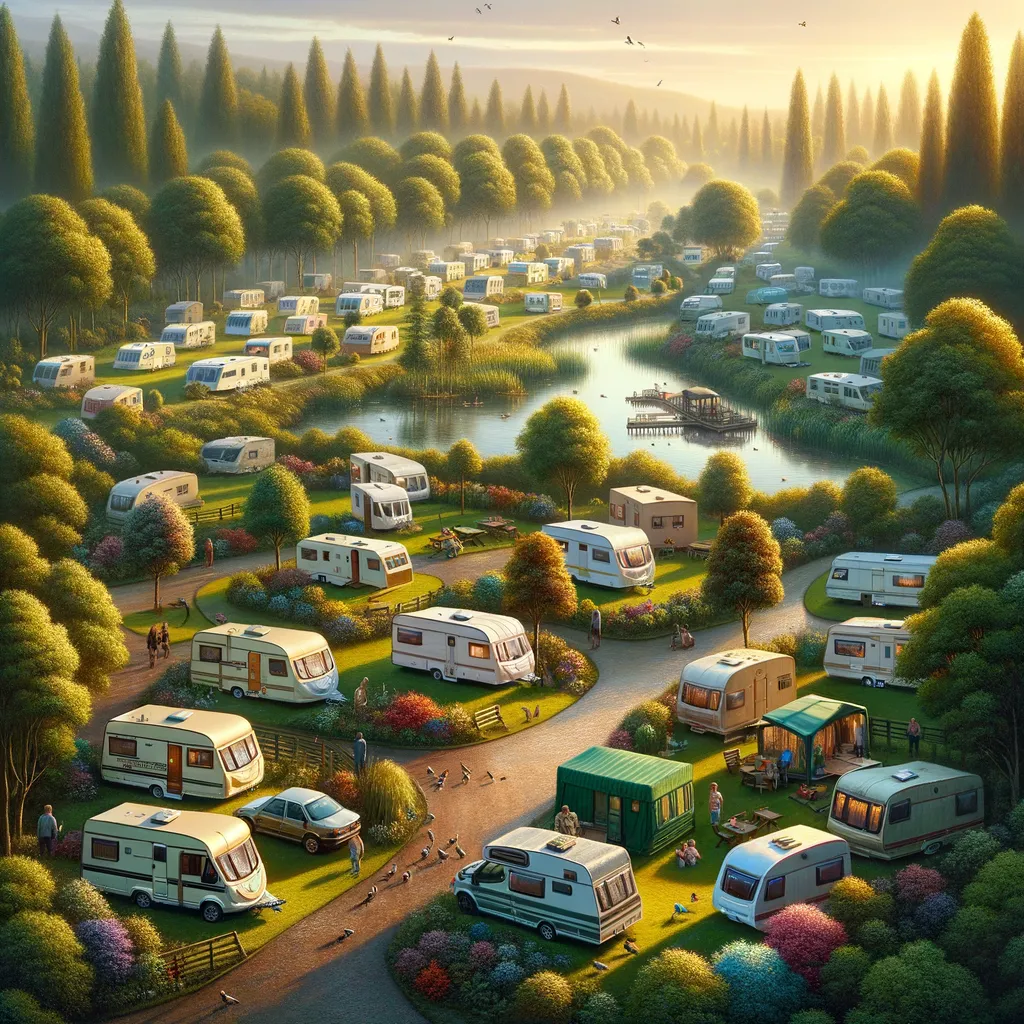Title: How to Capture the Northern Lights: A Photographer’s Guide for Parents
Welcome, passionate parents and photography enthusiasts! Have you ever dreamed of capturing the breathtaking beauty of the Northern Lights with your camera? Whether you’re planning a family adventure under the aurora borealis or seeking to inspire your children with the wonders of nature, you’ve come to the right place. This guide is designed to help you immortalize those magical moments with your loved ones. So, grab your camera, gather your little ones, and get ready for an unforgettable journey into the heart of one of nature’s most spectacular displays.
Understanding the Northern Lights
Before diving into the technical aspects of photography, let’s take a moment to appreciate what the Northern Lights, or Aurora Borealis, truly are. This natural light display in the Earth’s sky is predominantly seen in high-latitude regions around the Arctic and Antarctic. Caused by the collision of solar wind and magnetospheric charged particles with the high altitude atmosphere, these lights dance across the sky in a symphony of colors, primarily green, but occasionally pink, violet, yellow, and even red.
Best Time and Places to Witness the Northern Lights
Timing and location are crucial for witnessing and capturing the Northern Lights. Though the aurora can be unpredictable, your best chance to see them is between September and April. During these months, the nights are longest in the polar regions, providing a broader window to catch the show. Ideal locations include Norway, Sweden, Finland, Iceland, and Greenland in the Northern Hemisphere, and the southern tips of Tasmania and New Zealand in the Southern Hemisphere. Opt for locations away from city lights and with a clear view of the northern horizon for the best experience.
Prepping Your Photography Gear
Your success in capturing the Northern Lights begins with the right equipment. While a good DSLR or mirrorless camera is ideal, advancements in smartphone cameras also allow for some stunning captures with the right settings. Here’s what you’ll need:
- A camera capable of manual settings: The ability to manually adjust shutter speed, aperture, and ISO is crucial.
- Wide-angle lens: A lens with a wide aperture (f/2.8 or wider) is preferred to capture as much light as possible.
- Sturdy tripod: Essential for long exposure times without camera shake.
- Extra batteries: Cold weather can drain battery life quickly, so having extras is a must.
- Remote shutter release or camera’s self-timer: To avoid camera shake while pressing the shutter button.
Beyond your gear, wearing the right clothing is also key. Prepare for cold nights with thermal layers, a warm hat, gloves (preferably ones that allow you to handle camera controls), and insulated boots. Your comfort will greatly influence your patience and willingness to wait for the perfect shot.
Camera Settings for Capturing the Northern Lights
Camera settings can vary based on the intensity of the aurora and surrounding light conditions, but here are some general settings to get you started:
- Mode: Manual Mode (M) to have full control over exposures.
- Shutter Speed: Start with a 15-20 second exposure; adjust based on the movement and brightness of the aurora.
- Aperture: Set your aperture to its widest setting (f/2.8 is ideal) to allow as much light in as possible.
- ISO: Begin at ISO 1600 and adjust as needed. Higher ISO can capture more light but can also increase noise.
- Focus: Manual focus set to infinity (∞) to ensure the stars and the lights are sharp.
Remember, these settings are not set in stone. The beauty of photography lies in experimentation and adaptation. Adjust your settings based on the aurora’s intensity, your location’s ambient light, and your camera’s performance. Taking multiple shots with slightly varied settings can help you find the perfect balance between light capture and clarity.
Capturing the Northern Lights is not just about the technicalities; it’s about experiencing one of the world’s most extraordinary natural phenomena with your family. It’s about the laughter shared while waiting in the cold, the hot chocolate breaks, and the stories woven into the fabric of the night. It’s these moments, illuminated by ethereal lights, that truly make the experience unforgettable.
Title: How to Capture the Northern Lights: A Photographer’s Guide for Parents
Welcome, passionate parents and photography enthusiasts! Have you ever dreamed of capturing the breathtaking beauty of the Northern Lights with your camera? Whether you’re planning a family adventure under the aurora borealis or seeking to inspire your children with the wonders of nature, you’ve come to the right place. This guide is designed to help you immortalize those magical moments with your loved ones. So, grab your camera, gather your little ones, and get ready for an unforgettable journey into the heart of one of nature’s most spectacular displays.
Understanding the Northern Lights
Before diving into the technical aspects of photography, let’s take a moment to appreciate what the Northern Lights, or Aurora Borealis, truly are. This natural light display in the Earth’s sky is predominantly seen in high-latitude regions around the Arctic and Antarctic. Caused by the collision of solar wind and magnetospheric charged particles with the high altitude atmosphere, these lights dance across the sky in a symphony of colors, primarily green, but occasionally pink, violet, yellow, and even red.
Best Time and Places to Witness the Northern Lights
Timing and location are crucial for witnessing and capturing the Northern Lights. Though the aurora can be unpredictable, your best chance to see them is between September and April. During these months, the nights are longest in the polar regions, providing a broader window to catch the show. Ideal locations include Norway, Sweden, Finland, Iceland, and Greenland in the Northern Hemisphere, and the southern tips of Tasmania and New Zealand in the Southern Hemisphere. Opt for locations away from city lights and with a clear view of the northern horizon for the best experience.
Prepping Your Photography Gear
Your success in capturing the Northern Lights begins with the right equipment. While a good DSLR or mirrorless camera is ideal, advancements in smartphone cameras also allow for some stunning captures with the right settings. Here’s what you’ll need:
- A camera capable of manual settings: The ability to manually adjust shutter speed, aperture, and ISO is crucial.
- Wide-angle lens: A lens with a wide aperture (f/2.8 or wider) is preferred to capture as much light as possible.
- Sturdy tripod: Essential for long exposure times without camera shake.
- Extra batteries: Cold weather can drain battery life quickly, so having extras is a must.
- Remote shutter release or camera’s self-timer: To avoid camera shake while pressing the shutter button.
Beyond your gear, wearing the right clothing is also key. Prepare for cold nights with thermal layers, a warm hat, gloves (preferably ones that allow you to handle camera controls), and insulated boots. Your comfort will greatly influence your patience and willingness to wait for the perfect shot.
Camera Settings for Capturing the Northern Lights
Camera settings can vary based on the intensity of the aurora and surrounding light conditions, but here are some general settings to get you started:
- Mode: Manual Mode (M) to have full control over exposures.
- Shutter Speed: Start with a 15-20 second exposure; adjust based on the movement and brightness of the aurora.
- Aperture: Set your aperture to its widest setting (f/2.8 is ideal) to allow as much light in as possible.
- ISO: Begin at ISO 1600 and adjust as needed. Higher ISO can capture more light but can also increase noise.
- Focus: Manual focus set to infinity (∞) to ensure the stars and the lights are sharp.
Remember, these settings are not set in stone. The beauty of photography lies in experimentation and adaptation. Adjust your settings based on the aurora’s intensity, your location’s ambient light, and your camera’s performance. Taking multiple shots with slightly varied settings can help you find the perfect balance between light capture and clarity.
Capturing the Northern Lights is not just about the technicalities; it’s about experiencing one of the world’s most extraordinary natural phenomena with your family. It’s about the laughter shared while waiting in the cold, the hot chocolate breaks, and the stories woven into the fabric of the night. It’s these moments, illuminated by ethereal lights, that truly make the experience unforgettable.
5 Things Parents Should Know in Preparing for the Northern Lights Adventure
Embarking on this photographic journey with your family is as much about the preparation as it is about the adventure itself. Here are five essential tips to
Camp until your heart contents. Camp places
Disclaimer
The articles available via our website provide general information only and we strongly urge readers to exercise caution and conduct their own thorough research and fact-checking. The information presented should not be taken as absolute truth, and, to the maximum extent permitted by law, we will not be held liable for any inaccuracies or errors in the content. It is essential for individuals to independently verify and validate the information before making any decisions or taking any actions based on the articles.



